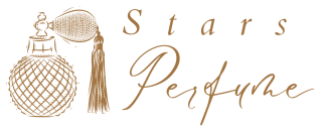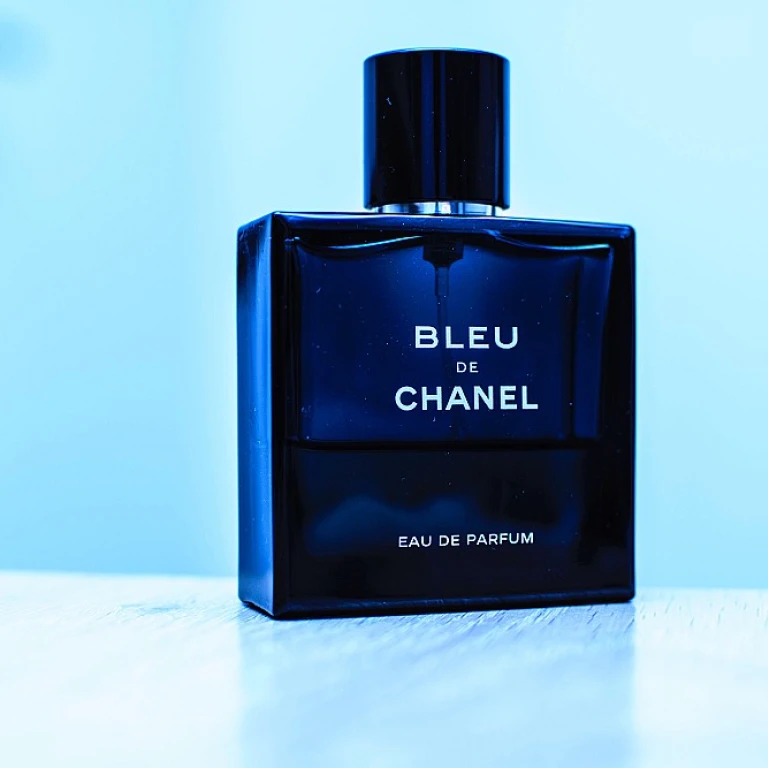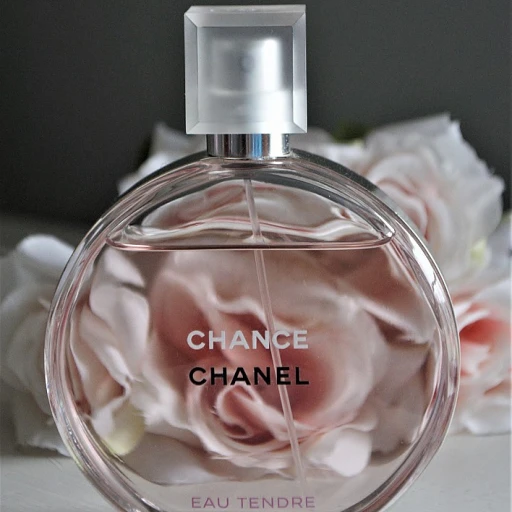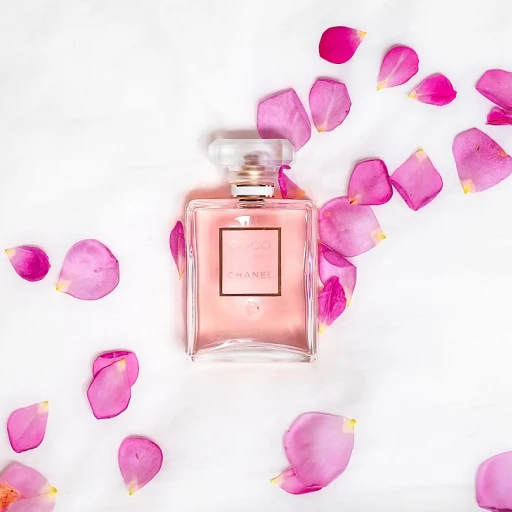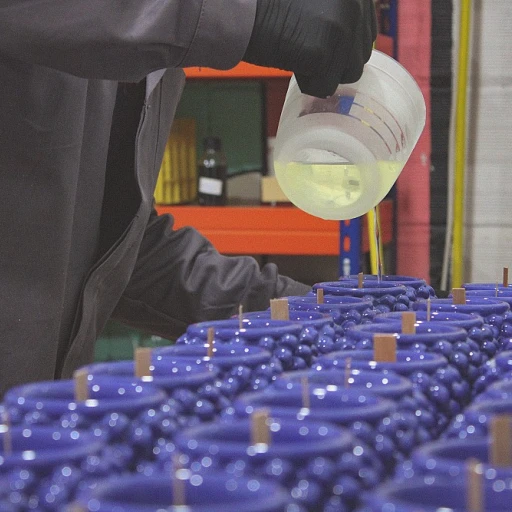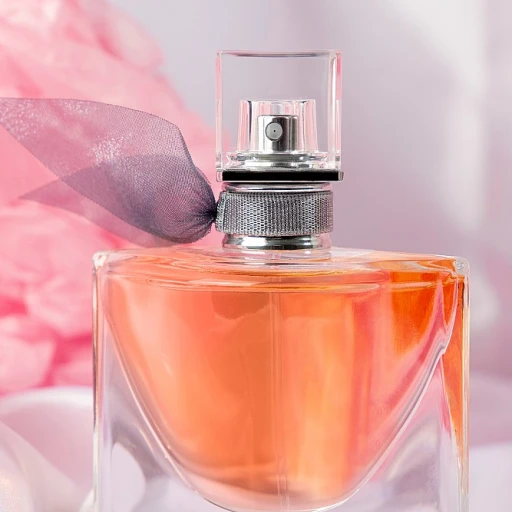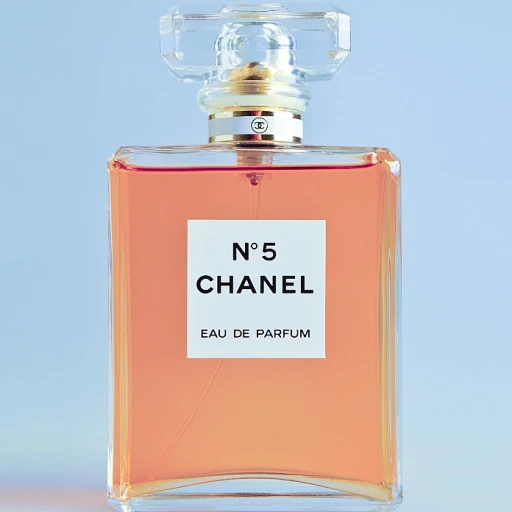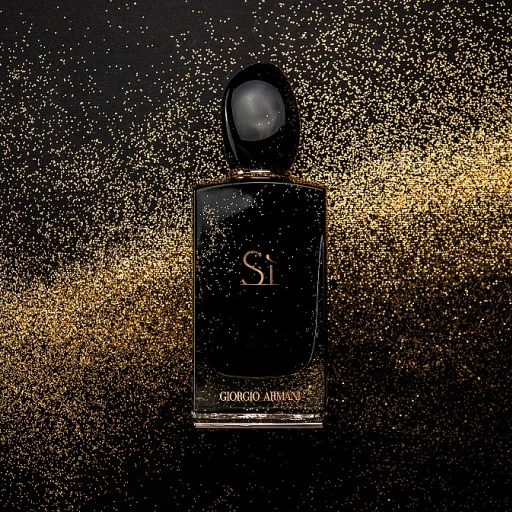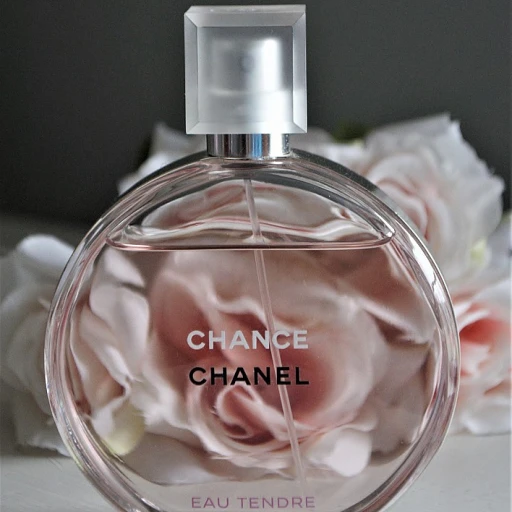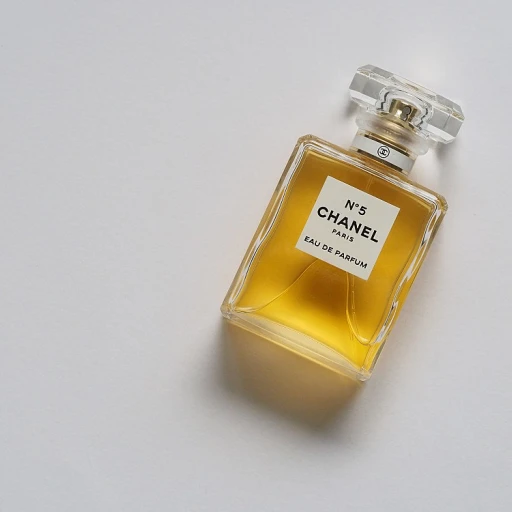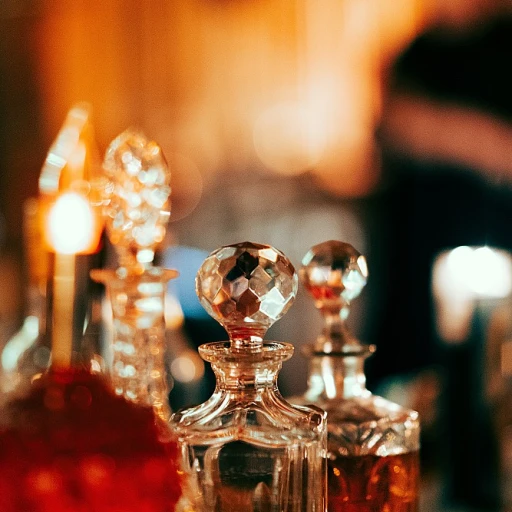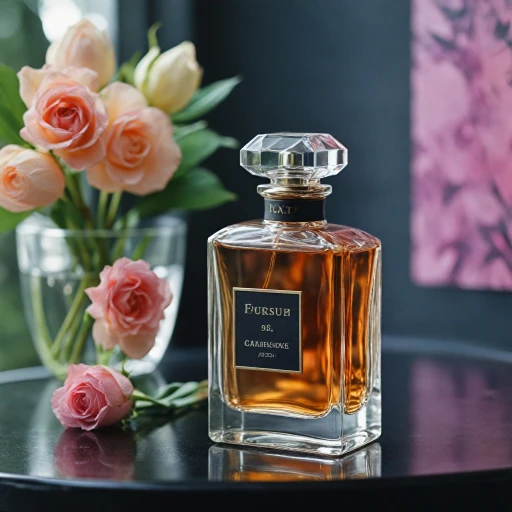
The Composition of Eau de Parfum
Crafting the Perfect Balance
Eau de Parfum, often regarded as the heart of the fragrance family, is a carefully crafted blend of oils and aromatic compounds. The composition of this parfum, with its higher concentration of essential oils compared to eau de toilette and eau fraiche, makes it both alluring and long-lasting. This concentration allows the wearer to experience a fuller and richer scent experience, enveloping the senses with its intricate layers.
The key to understanding what makes an eau de parfum distinct lies in its ingredients and the harmonious blend of notes that fill the air as you wear it. From the opening top notes to the sophisticated base notes, each component plays a part in telling a fragrant story. This artful composition creates an emotive bond between the individual and the scent, a connection explored further in how you choose and wear your fragrance. The base notes, typically composed of heavier ingredients, help to anchor the parfum and prolong its presence on the skin, providing an aromatic journey that unfolds over hours.
Traditional perfume oils and raw materials often influence the depth and complexity of an eau de parfum, adding unique characteristics that distinguish it within your fragrance collection. As the perfume oils blend with your skin, the scent develops into a signature that is uniquely yours. This is part of the allure that sets eau parfums apart from their lighter eau cologne counterparts or those with lesser fragrance concentration.
How Eau de Parfum Differs from Other Fragrances
Deciphering the Nuanced Differences
Understanding the distinction between Eau de Parfum and other fragrance forms is crucial for anyone looking to build a nuanced fragrance collection. At its core, Eau de Parfum boasts a higher concentration of aromatic compounds compared to other perfumes, usually ranging between 15-20%, making it stronger and longer lasting than its counterparts like Eau de Toilette or Cologne. While an Eau de Parfum provides a full-bodied scent experience, Eau de Toilette typically contains a concentration of 5-15%, resulting in a lighter and often more refreshing fragrance. This makes Eau de Toilette an excellent choice for daytime wear, especially in warmer climates where lighter scents are preferred. Cologne, officially known as Eau de Cologne, generally has an even lower fragrance concentration (around 2-4%). Known for its brisk and invigorating qualities, it is favored by both men and women for an instant splash of freshness. It’s worth noting that the concentration significantly affects the fragrance’s staying power and sillage, leaving varying trails depending on the perfume type. To deepen your understanding and explore classic interpretations of men’s fragrances, consider reading more about the timeless barbershop style in this blog post. Moreover, the higher concentration of essential oils in an Eau de Parfum allows the perfume’s notes to unfold slowly over time, revealing an intriguing evolution from top to base notes. This complexity is one reason why perfume enthusiasts often favor Eau de Parfum for evening events where a richer, more pronounced scent is desired. Whether you choose an Eau de Parfum, Eau de Toilette, or another fragrance type, each has its own charm and utility within a comprehensive fragrance collection. What you select often depends on personal preference, environmental factors, and the occasion you aim to scent. With an informed understanding of each type’s unique qualities, selecting the ideal fragrance becomes an art form in itself.The Art of Wearing Eau de Parfum
Mastering the Application of Eau de Parfum
Wearing eau de parfum is an art that combines personal style with the science of fragrance concentration. The key to maximizing the impact of your chosen scent lies in understanding the unique blend of essential oils and aromatic compounds that make up your perfume. This section explores how to apply eau de parfum effectively, ensuring it complements your natural skin chemistry and lasts throughout the day.
Where to Apply for Maximum Effect
To make the most of your eau de parfum, focus on applying it to pulse points where the fragrance oils can be activated by your body heat. These areas include:
- Wrists
- Neck
- Behind the ears
- Inside elbows
- Behind knees
These spots help diffuse the perfume oils throughout the day, allowing the base notes to develop and reveal the full complexity of the fragrance.
Layering for Longevity
Layering is a technique that can enhance the long-lasting nature of your eau de parfum. Start with a fragrance-free moisturizer to create a base on your skin, then apply your eau de parfum. This method helps lock in the scent and can be particularly effective with eau parfums that have a higher concentration of perfume oil.
Understanding the Sillage
The sillage of a perfume refers to the trail of scent left in the air as you move. For those who appreciate a more subtle presence, a light spritz is sufficient. However, if you prefer a more pronounced fragrance, consider applying a bit more to your pulse points. Understanding how your chosen eau de parfum interacts with your skin can help you achieve the sillage that best suits your personal style.
For those interested in exploring the nuances of eau de parfum further, understanding the art of application is just one step in the journey of fragrance appreciation.
Choosing the Right Eau de Parfum for You
Finding Your Signature Scent
Choosing the right eau de parfum can be a deeply personal journey. With a myriad of fragrances available, it’s essential to find one that resonates with your personality and style. Start by understanding the fragrance concentration and the notes that appeal to you. Eau de parfum typically has a higher concentration of perfume oils, making it more long-lasting than eau de toilette or eau fraiche. This concentration allows the scent to evolve beautifully on your skin throughout the day.
Consider the Notes
When selecting an eau de parfum, pay attention to the top, middle, and base notes. The top notes are what you smell immediately after application, while the middle notes, or heart notes, develop as the fragrance settles. Finally, the base notes provide the lasting impression. If you prefer a fresh and light scent, look for fragrances with citrus or floral top notes. For something more intense, consider perfumes with woody or spicy base notes.
Test Before You Commit
Before purchasing, it’s wise to test the fragrance on your skin. Perfumes can smell different on paper strips compared to your skin due to the interaction with your natural oils. Apply a small amount to your wrist and allow it to develop over a few hours. This will give you a true sense of how the fragrance evolves and whether it suits you.
Match the Occasion
Consider the occasions you’ll be wearing the fragrance. A lighter, more refreshing scent might be suitable for daytime or office wear, while a richer, more complex fragrance could be perfect for evening events. Your fragrance collection can include a variety of scents to match different moods and settings.
Trust Your Instincts
Ultimately, the best eau de parfum for you is one that makes you feel confident and comfortable. Trust your instincts and choose a scent that fills you with joy and complements your unique essence. Remember, a fragrance is an extension of your personality, so let it speak for you.
Caring for Your Eau de Parfum Collection
Maintaining Your Eau de Parfum Collection
The beauty of any fragrance collection lies in its ability to evoke emotions and memories through its rich scents and intricate notes. To keep your collection of eau de parfum in pristine condition, certain care practices are essential. Firstly, always ensure that your fragrance bottles are stored in a cool, dark place. Direct sunlight and fluctuating temperatures can damage the aromatic compounds and essential oils within the fragrance. This could potentially alter the original scent profile crafted by the perfumer. It's crucial to secure the cap tightly after each use. This prevents the unsightly evaporation of the scent, preserving the fragrance concentration and ensuring your eau de parfums remain long lasting. Avoid placing your perfumes in humid environments, such as bathrooms. The humidity can skew the balance of ingredients, affecting how the notes unfold on your skin. If you're an enthusiast of variety in your scent choices, regularly rotating your collection can help to distribute wear evenly across your bottles. This habit not only enhances your appreciation for different scents of eau de parapluie, cologne, and extrait parfum, but it also aids in the longevity of your treasures. Additionally, be cautious about the use of fragrance oils as carriers for your perfumes. Quality is key, as inferior oils could compromise the integrity of the scent. Ultimately, attending to the care of each bottle ensures that the emotional connection, the very essence of a fragrance, is cherished for years. A mindful approach gives you the best aromatic experience whenever you indulge in the world of perfumes.The Emotional Connection to Eau de Parfum
The Personal Relationship with Scent
The intricate connection between a person and their choice of eau de parfum is often profound and multifaceted. Each fragrance carries with it a distinct concentration of oils and ingredients that blend to create a unique aromatic compounds not only on the skin but in the memory. When you indulge in an eau de parfum, it's not just about the notes or the concentration; it's about the emotional journey each scent embarks upon. This journey links your feelings, memories, and experiences into a sensory tapestry.
In our daily lives, certain scents can stir emotions and resurrect memories that are deeply embedded within us. The extrait parfum you might wear on a special night out or the subtle eau de toilette you apply as part of your morning routine has the potential to evoke powerful emotions, from joy to nostalgia. The best fragrances often become a part of our personal narrative, anchoring significant life moments through their aromatic presence.
Moreover, the way a parfum develops on your skin due to its fragrant raw materials and perfume oils also contributes to its emotional significance. This interaction is distinct for each individual, influenced by body chemistry and skin type, making it a personal olfactory experience. It's this intimate dance that fills the space around you with an evocative aura that can shift your mood or sense of self.
Your fragrance collection thus becomes an anthology of personal stories and emotions, each bottle holding the essence of those memorable moments. From sensual perfume oils to crisp eau fraiche, the emotional connection you forge with your scents is a testament to their power and the lasting impact they have on your life.
